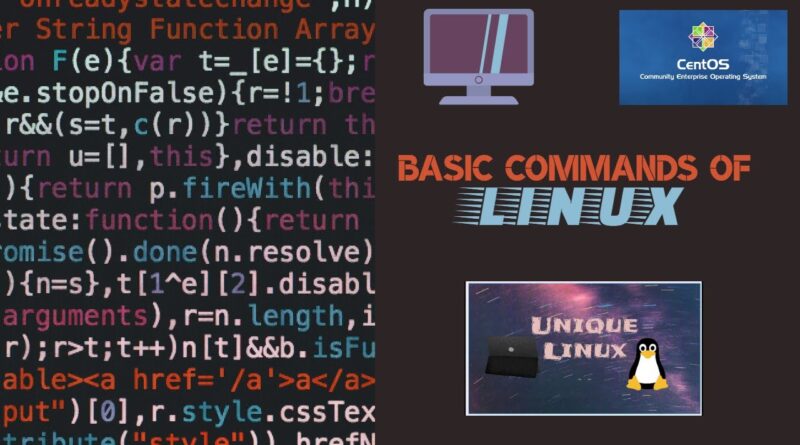Basic commands of Linux OS | CentOS 7-8 Basic commands | cat commands | Create a directory in Linux
Hello guys, In this video we will learn about the Basic commands of Linux operating system used in real scenario.
I hope you this video helpful for you.
Please Like and Share this video.
And also SUBSCRIBE my YouTube channel.
If you have any questions related to basic commands you can also right it into the comment box.
Your one share is helpful for those people who needs this video.
Thanks for watching
: How to open Terminal [in Graphical System]?
1 Right click on desktop and click on open terminal.
2 Click on application and system tool and terminal.
3 Alt key + F2 and type gnome-terminal
• [root@localhost ~]# = It means we are logged in root user.
• [abc@localhost ~]$ = It means we are logged in basic users.
root = logged in user.
@ = syntax.
Localhost = pc name or system name or hostname.
~ = current working directory.
# or $ = permission of user.
# = root user.
$ = basic user
VIM:-
It is a command and vim editor is a powerful text editor used in CLI [Command Line Interface]. Linux uses a lot of configuration files, you’ll often need to edit them and vim is a great tool to do so. It is a upgraded version of vi.
There are three modes:-
1. Insert mode:-
Insert mode is used to insert text in a document. The shortcut is i [insert text where the cursor is] or o [insert text at the beginning of the following line].
2. Command mode:-
Command mode where you give commands to the editor to get things done. Press ESC for command mode [enter in the command mode].
3. Execute mode:-
Execute mode is known as vi last line mode. You can only get to last line mode from command mode and you get into last line mode by pressing the : [colon key].
You can type :-
:q = for quitting a file without save.
:w = only save not quit.
:wq = save and quit.
:wq! = save and forcefully quit.
If you want to full screen on terminal press window key + up arrow.
centos 7



